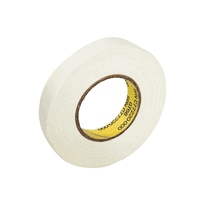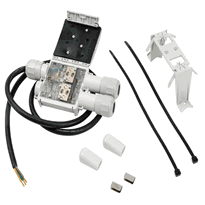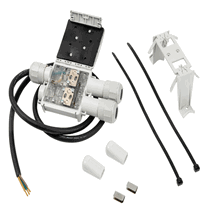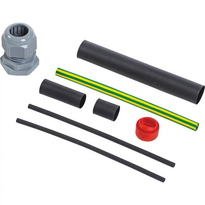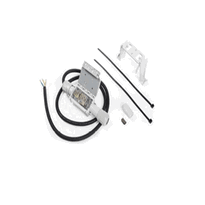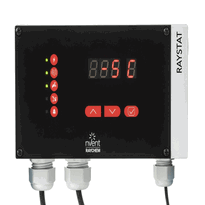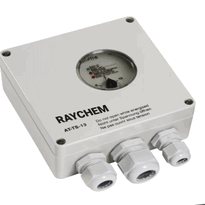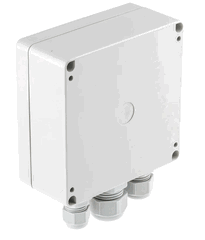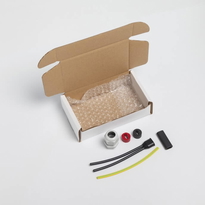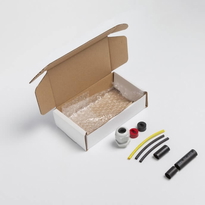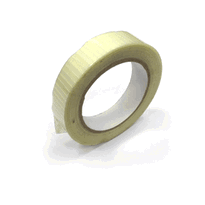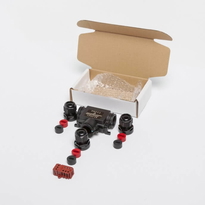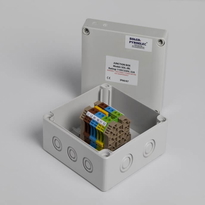Plumbing Heat Trace
Plumbing heat trace systems utilize electrical cables, such as heat tapes or self-regulating cables, to prevent pipe freezing, protect pipes from damage in cold environments, and ensure fluid flows at the correct temperatures. Proper system design involves selecting cables that match environmental conditions, securely installing them along pipes, and incorporating insulation and safety controls like thermostats.
Effective installation and adherence to industry standards optimize system performance and durability, making maintenance more straightforward. A comprehensive understanding of best practices, safety considerations, and applications of plumbing heat trace is essential for ensuring reliable operation in UK settings.
Understanding the Function and Types of Plumbing Heat Trace
Understanding the function and various types of plumbing heat trace systems is essential for ensuring the reliability and safety of piping infrastructure in cold environments. These systems prevent pipes from freezing by maintaining consistent temperatures, which helps protect against pipe bursts and damage. They also ensure that fluids within pipes remain at appropriate temperatures, supporting efficient flow and processing of temperature-sensitive substances. Electrical heating elements, coupled with insulation, compensate for heat losses along pipe surfaces, conserving energy while maintaining desired temperatures. Several types of heat trace systems are available, with electric heat tracing being the most common. This includes heat tapes and self-regulating cables, which adjust their power output based on the pipe temperature, thereby enhancing safety and efficiency. Proper system design and maintenance are crucial for maximizing performance and longevity of the heat trace solutions. Additionally, selecting the appropriate heating cable type for specific environmental conditions and pipe configurations is vital to ensure system effectiveness. Understanding these fundamental functions and system types is crucial for designing effective solutions tailored to specific installation requirements. Proper selection and installation of heat trace systems can significantly extend the lifespan of piping infrastructure and improve operational resilience in cold conditions.
Installation Practices and Components of Heat Tracing Systems
Proper installation practices for heat tracing systems are essential to ensure their effective performance, durability, and safety. The systems should be securely attached along the entire length of the pipe using suitable clips or tape. This ensures consistent heat transfer and prevents sagging or potential damage to the cable. Heat trace cable is installed along pipes or equipment surfaces to provide heating. It's important that the wattage of the heat trace cable is matched accurately to the calculated heat loss of the pipe system, avoiding both underheating and overheating, which could compromise safety and efficiency. When designing and installing heat tracing, external conditions such as ambient temperature, wind exposure, and insulation levels should be carefully considered, as they significantly influence system efficiency and longevity. After laying the cable, installing proper insulation materials—like polyurethane foam or mineral wool—is vital to minimize heat loss and maximize energy efficiency. Furthermore, the use of sealants, couplings, and fittings must be executed correctly to ensure moisture resistance and to maintain the integrity of the entire system. Incorporating safety features such as thermostats, sensors, and electrical protection devices is crucial to guarantee reliable and secure operation, particularly in environments subject to fluctuating conditions. Additionally, understanding the industry standards for heat tracing ensures that systems meet safety and performance regulations throughout their lifecycle.
Applications, Benefits, and Regulation of Plumbing Heat Trace
Plumbing heat trace systems are widely utilized across various sectors in the UK to prevent pipe freezing, maintain fluid temperatures, and protect infrastructure during cold weather conditions. These systems are essential in residential, commercial, and industrial environments, such as the oil and gas industry, food processing facilities, and water management systems, to safeguard materials and ensure continuous operation. Proper regulation and adherence to standards optimize safety, performance, and energy efficiency. Heat trace systems are designed with safety features and compliance standards in mind, ensuring reliable operation in hazardous environments. Because these systems are integral to preventing costly failures, proper installation and ongoing maintenance are crucial aspects that align with industry best practices.
The table below highlights key aspects:
Application Area |
Main Benefit |
Regulation Focus |
| Pipe freeze prevention | Avoids costly pipe bursts and damage | Electrical safety and building standards |
| Industrial processing | Maintains process efficiency | Temperature controls and safety management |
| Structural protection | Prevents ice accumulation on roofs and equipment | Proper insulation and hazard prevention |
| Storage and tanks | Protects against thermal expansion | Standards for temperature regulation |
This structured approach ensures systems meet operational requirements while maintaining safety and compliance.
Conclusion
Understanding the function, types, and proper installation of plumbing heat trace systems is essential for preventing pipe freezing and maintaining consistent fluid temperatures. Selecting the appropriate components carefully, adhering to industry standards, and complying with relevant regulations are crucial for ensuring system efficiency and safety.
Professionals should evaluate application requirements thoroughly, taking into account environmental conditions and system demands. Implementing well-designed heat trace solutions results in long-term durability, operational reliability, and reduced maintenance costs, making them an indispensable part of modern plumbing infrastructure.








